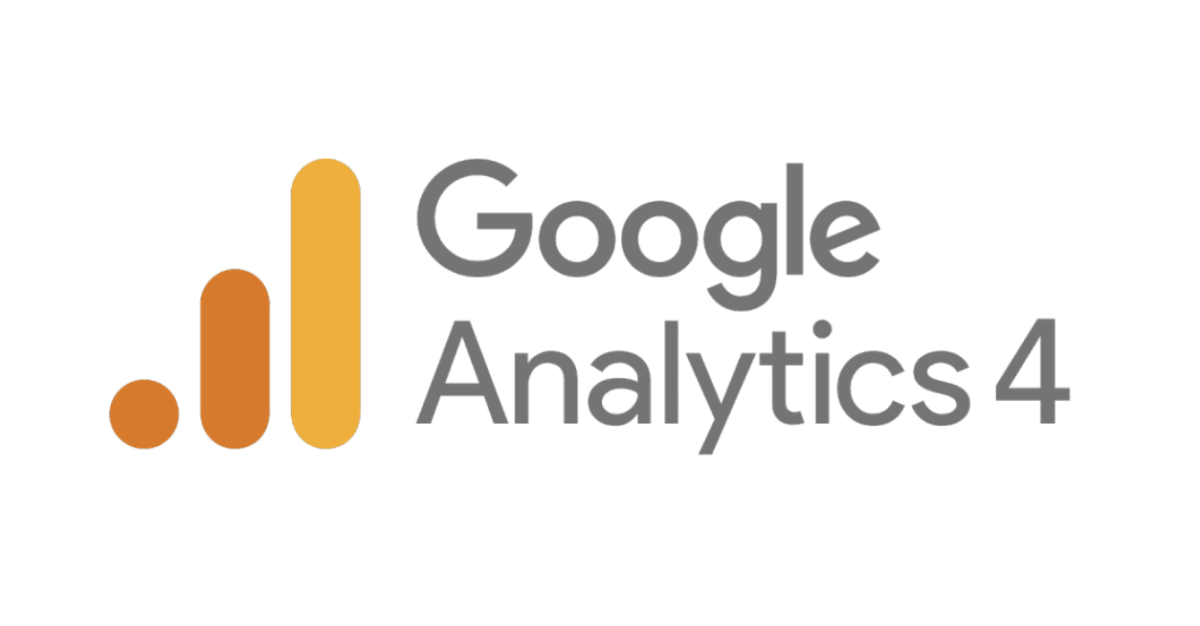The big shift to GA4 introduces an event-based model, a significant departure from Universal Analytics. This model requires learning but don’t overlook the importance of server-side tracking. Server-side tracking, now more critical than ever, depends on client-side tracking for functions like attributing sales to marketing efforts, session tracking, determining user location, and tracking conversions for Google Ads. Getting it right in GA4 is crucial for maintaining these capabilities.
Server-side tracking helps combat challenges like slow page loads and ad blockers, which can hurt your data accuracy and website performance. It speeds up your website and gets around ad blockers, ensuring you don’t lose valuable data. Additionally, it allows for more control over your data by sending it directly from servers instead of relying on third-party codes scattered across your site.
GA4 offers two main ways for server-side tracking: through Google Tag Manager (GTM) Server-side and the GA4 Measurement Protocol API. Each has its limitations, such as needing browser support for full functionality and limitations in out-of-the-box reporting for server-side data.
Many businesses will find a hybrid approach—combining server-side and browser-based tracking—most effective. This method allows for a complete data collection strategy, accommodating everything from user attribution to ad remarketing.
In summary, as Google transitions to GA4, understanding and implementing server-side tracking alongside traditional methods will ensure your business doesn’t miss out on critical data, helping you stay competitive in the digital landscape.
Server-Side Tracking Options for GA4
GA4 introduces two primary methods for server-side tracking: Google Tag Manager (GTM) Server-Side and the GA4 Measurement Protocol API. Let’s explore these options and their constraints.
Google Tag Manager Server-Side
Unlike traditional web GTM containers, GA4’s GTM server-side tagging operates on a server (such as GCP). This setup shifts some processing away from the browser but has notable limitations:
- Dependency on Browser Code: It’s not entirely server-side as it relies on a web GTM container to relay events to the server-side container.
- Data Layer Dependency: The browser’s GA4 tags act as a server-side data layer. Data transformation to other platforms (like Facebook or Snapchat) can introduce potential errors. For sites where the web development team controls the GTM data layer for event tracking, server-side GTM may face challenges in directly accessing this data. It instead depends on data that has been processed through GA4 tagging, potentially leading to discrepancies.
GA4 Measurement Protocol API
This API allows for direct data transmission to Google Analytics via https://www.google-analytics.com/mp/collect. However, there are issues with its standard use:
- Attribution and Remarketing Limitations: The default GA4 reporting does not support server-side data for attribution; it still requires browser tracking for functionalities like Google Ads remarketing.
- Geographic and Session Data: Collecting geographic information and sessionization accurately also necessitates browser tracking.
- Engineering Challenges: Implementing a server-side client ID for anonymous users may demand additional development efforts.
Given these limitations, purely using the Measurement Protocol API might restrict some of GA4’s reporting capabilities. Google itself suggests that server-side measurement should supplement, not replace, existing data collection methods.
The Need for a Hybrid GA4 Implementation
Due to the drawbacks associated with both server-side tracking methods, most organizations will benefit from a hybrid GA4 setup that combines server-side tracking with browser-based data collection. This approach ensures a more comprehensive data capture strategy, accommodating the full range of GA4 features and functionalities.
Designing a Hybrid Deployment for GA4
Hybrid deployments merge the strengths of both client-side and server-side tracking to meet an organization’s specific data collection requirements. By adopting a hybrid approach, you can enjoy comprehensive data insights, leveraging advantages such as:
- Enhanced Attribution: Updating and creating attributions through browser-based code (e.g., GTM, gtag.js).
- Improved Sessionization: Generating session data via browser interactions.
- Accurate Geolocation: Capturing user location information through the browser.
- Optimized Conversions: Tracking conversions for Google Ads Remarketing effectively with browser code.
These features are often essential for businesses, supporting critical functions they depend on. However, hybrid deployments come with their challenges, including the time and effort required for setup, the necessity of maintaining client-side code which might affect site performance, and partial vulnerability to ad blockers.
Strategies for Hybrid Deployment Architectures
A hybrid GA4 setup can be implemented in several ways, each with its unique considerations:
1. Server-Side with Conditional Client-Side Tracking
This strategy involves prioritizing server-side tracking while employing client-side tracking only where necessary, such as for attribution or remarketing. This method minimizes client-side load, potentially enhancing site performance and reducing data loss due to ad blockers. However, it demands a strong commitment to managing server-side tracking infrastructure and processes.
2. Server-Side as a Fallback for Ad Blockers
In scenarios where ad blockers prevent client-side tracking, server-side tracking takes over to ensure data capture continuity. This setup aims to mitigate data loss from ad blockers but still requires balancing client-side performance impacts.
3. Parallel Server-Side and Client-Side Tracking
This model operates server-side and client-side tracking simultaneously, allowing for data comparison and deduplication in analytics reporting. It’s beneficial for evaluating the effectiveness of server-side tracking against traditional methods and offers a transition period for teams to adapt to server-side processes. However, it involves additional complexities in data management and may impact site performance due to the dual tracking mechanisms in place.
Navigating Hybrid Deployment Considerations
Choosing the right hybrid deployment architecture for GA4 tracking depends on various factors, including the organization’s technical capabilities, specific data needs, and the strategic importance of the insights gained from different types of tracking. Each option presents a trade-off between data completeness, performance impact, and operational complexity, underscoring the need for a tailored approach to implementing GA4’s hybrid tracking capabilities.
